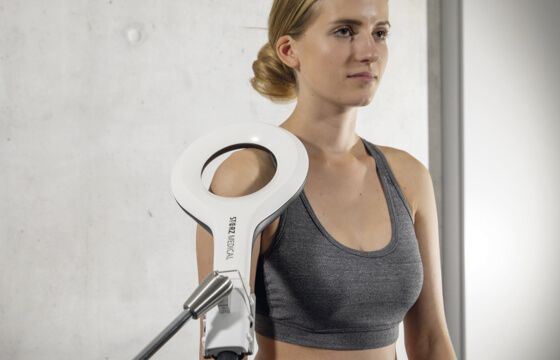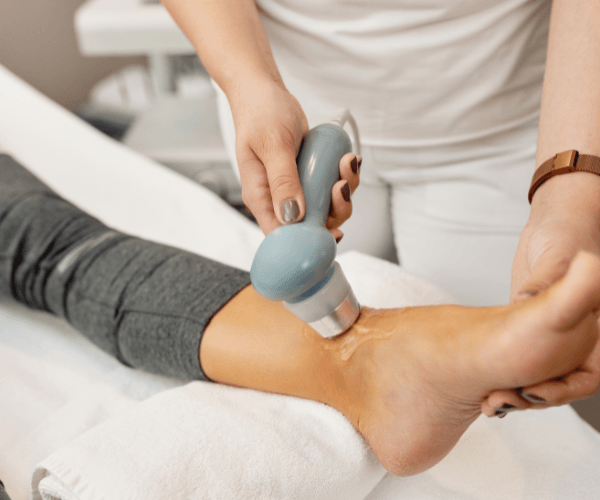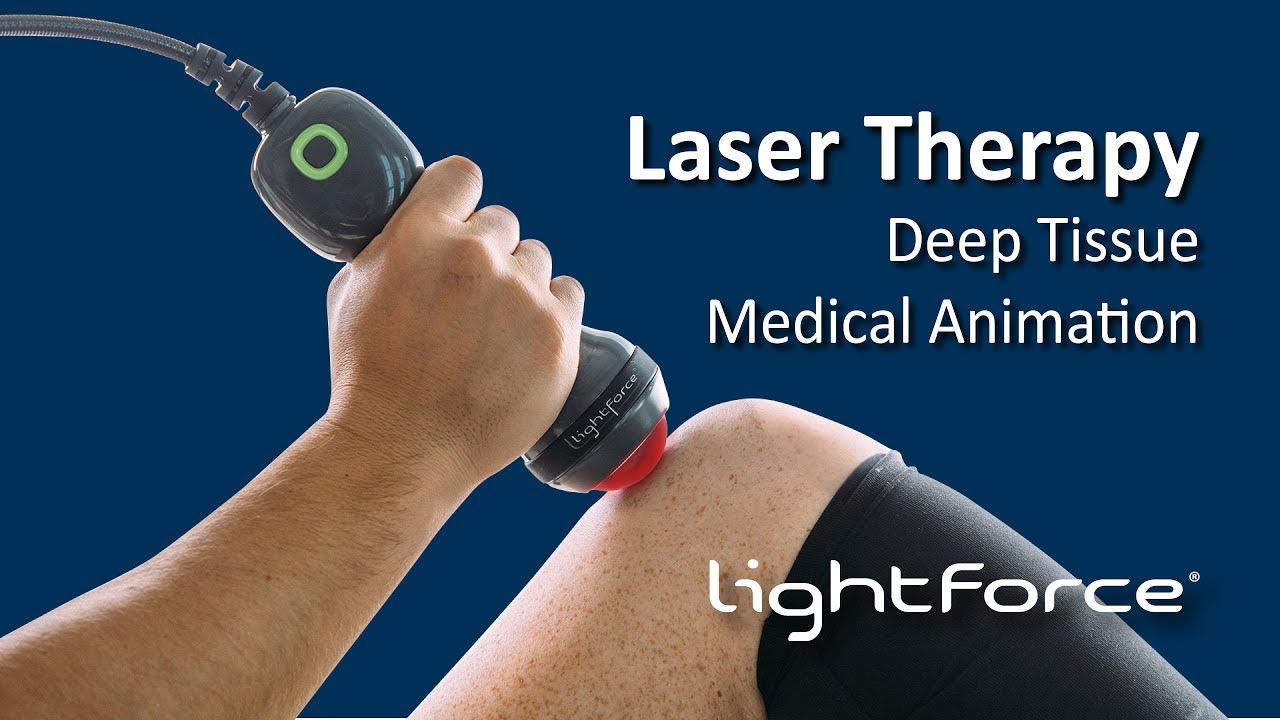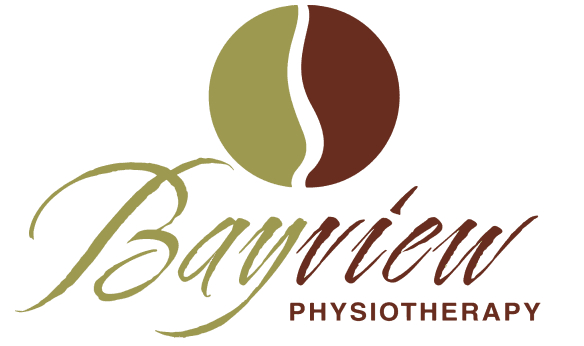ELECTROTHERAPY
EMTT Storz Magnetolith
What is EMTT?
Extracorporeal Magnetotransduction Therapy (EMTT) is an advanced, non-invasive therapy that uses high-energy magnetic pulses to stimulate healing at the cellular level. Specially developed for treating musculoskeletal pain and inflammation, EMTT supports the body’s natural recovery processes without surgery, medication, or downtime.
By targeting affected tissues with electromagnetic fields in the 100–300 kHz range, EMTT enhances cellular metabolism, improves blood circulation, and promotes tissue regeneration. It is especially effective in managing chronic conditions such as osteoarthritis, tendon injuries, back pain, and sports-related soft tissue damage.
Sessions are quick (typically 5–20 minutes), performed over clothing, and generally free of side effects—making EMTT a comfortable and effective solution for those seeking pain relief and improved mobility.

References
- Krath, A. et al. (2017). Electromagnetic field therapy for musculoskeletal pain: a clinical evaluation. Journal of Orthopaedics, 14(3), 410–415.
- Klüter, T. et al. (2018). Biological effects of high-frequency electromagnetic fields in musculoskeletal therapy. Electromagnetic Biology and Medicine, 37(4), 175–183.
- Gerdesmeyer, L. et al. (2017). EMTT in chronic foot and ankle disorders. Journal of Foot and Ankle Surgery, 56(5), 964–967.
- CuraMedix. (2021). What is Extracorporeal Magnetotransduction Therapy (EMTT)? Retrieved from curamedix.com
- STORZ Medical. (2021). MAGNETOLITH® Operating Manual & Product Catalog. Tägerwilen, Switzerland.
Interferential Current
Interferential Current (IFC) is a painless, non‑invasive form of electrotherapy, using two medium-frequency currents to deliver a comforting low‑frequency “beat” deep into tissues. Working through mechanisms like the pain‑gate effect and endorphin release, it’s clinically proven to:
- Decrease pain safely — especially for chronic low back, neck, and knee conditions (PMC, PMC, ScienceDirect)
- Reduce swelling and inflammation — by improving blood flow and stimulating lymphatic drainage (cbphysiotherapy.in, Lippincott Journals)
- Restore lost movement and coordination — by easing tight muscles, relieving joint stiffness, and improving range of motion (Lippincott Journals, canadiancmc.com)
- Support faster healing — through increased cellular activity, metabolic enzyme stimulation, and release of natural pain-relieving hormones like endorphins (Lippincott Journals)
Most clients feel a gentle tingling or prickling under the electrodes—comfortable and non-irritating—and benefit from short therapy sessions, often combined effectively with exercise, braces, or manual techniques.
Ultrasound Therapy
Therapeutic ultrasound delivers high‑frequency sound waves — typically 1.0 to 3.0 MHz (that’s one to three million cycles per second) — into soft tissue using a gel-coupled, continuously moved sound head. The waves produce a gentle mechanical ripple — via acoustic streaming and stable cavitation — that enhances local blood flow, promotes cell signaling, and supports collagen formation.
This mechanical energy helps reduce pain, increase tissue elasticity, and accelerate repair, while avoiding active stretching or loading of sensitive tissues.
Crucially, ultrasound can assist healing throughout all three phases — inflammation, proliferation, and remodeling:
- During inflammation, it gently stimulates mast cell activity and blood flow to support efficient early repair.
- In the proliferative phase, it boosts fibroblast activity and collagen synthesis.
- During remodeling, ultrasound helps align and strengthen scar tissue into a more functional structure.


Shockwave Therapy
Picture energy pulses that move faster than sound through soft tissue—swift shockwaves carry a sharp but brief tap that you feel, but which usually causes little discomfort. As they reach the injury site, the shockwaves gently stir up blood flow, trigger repair signals, encourage collagen remodeling, and activate nearby stem‑like cells—unleashing your body’s own healing system.
Each session lasts just a few minutes. Most people describe the experience as a firm thump rather than pain. After one or two visits, it’s common to feel very mild aching or minor swelling, which usually resolves in a few days.
In cases of persistent tendon or joint pain, many patients report meaningful improvement within about 72 hours of starting therapy. Clinical reports consistently show high success rates—between 75 % and 95 % among properly selected patients, for sustained pain relief and restored movement.
Deep Laser Therapy
Class IV “LiteForce” Laser Therapy is an advanced, drug‑free treatment that uses high‑power light to speed healing and ease pain with just a few minutes per session.
✨ How It Works
- Delivers deep‑penetrating laser energy (up to tens of watts), triggering a photobiomodulation effect inside cells. This boosts ATP (cellular energy) production, accelerates collagen rebuilding, and stimulates new capillary growth.(Kalkstein Chiropractic)
- Improves blood and lymph flow, removing inflammatory markers and bringing oxygen and nutrients into damaged soft tissue.(health-advantage.net)
- Calms pain by desensitizing nerve endings and promoting release of natural pain relievers such as endorphins.(elitefamilycharleston.com)
✅ Benefits
- Often provides fast pain reduction, especially for tendon, joint, and nerve-related pain.
- Helps repair tissues, reduce inflammation, and restore flexibility without injections or surgery.
- Short, painless treatments—typically 2–6 minutes per site, with results noticeable after a few sessions.(Kalkstein Chiropractic)
- Clinically proven to help chronic neck/back pain, arthritis, sports injuries, post-surgical healing, and plantar fasciitis.(pmc.ncbi.nlm.nih.gov)
🛡️ Why It’s Safe & Smart
LiteForce devices are FDA-cleared and used by physiotherapists, sports teams, and medical clinics. They offer a complementary tool for pain relief and tissue recovery without downtime or dependency on pharmaceuticals.(lightforcemedical.com)
If you’re recovering from ligament injury, arthritis, or muscle strain—LiteForce Laser Therapy can fast-track your healing and help you return to an active, pain‑reduced life.

Here’s a list of peer‑reviewed clinical and observational studies highlighting the evidence base for Class IV (“LiteForce”) high‑power laser therapy:
- Roberts DB et al. (2013) – A double‑blind, randomized controlled trial using a 10 W Class IV laser for chronic lateral epicondylitis (tennis elbow). Participants showed 50–100% pain reduction and 44–82% improvements in function at 3‑, 6‑, and 12‑month follow‑ups, with no adverse effects. (PubMed)
- Alayat MS & Ali MM (2017) – A placebo‑controlled RCT in knee osteoarthritis patients comparing a 30 W multiwave Class IV diode laser plus exercise vs. exercise + sham laser. The laser‑plus‑exercise group experienced significantly greater reductions in VAS pain and WOMAC functional scores. (SpringerOpen)
- Karlekar A et al. (2015) – A pilot study applying Class IV laser therapy to treat post‑sternotomy (post‑CABG) pain. Patients experienced substantial pain relief during the early postoperative period, with no reported side effects. (PMC)
- Wakasa K et al. (2022) – A large observational cohort assessing Class IV laser therapy in orthopedic soft tissue injuries (ligament sprains, tendon damage, post‑surgery). Consistent reductions in pain and increases in range of motion were documented across multiple pathology types in clinical practice. (scholars.fhsu.edu)
- Systematic review (2023, PhysioQuart) – Reviewed Class IV laser treatment for various musculoskeletal disorders (e.g. knee OA, tendinopathies, neck and back pain) and concluded it provides statistically significant pain relief and functional gains versus control or placebo groups. (physioquart.awf.wroc.pl)
These studies illustrate robust and consistent findings—high rates of pain reduction, improved function, and accelerated healing across conditions including tendon injuries, osteoarthritis, post‑surgical pain, and general soft tissue disorders.
